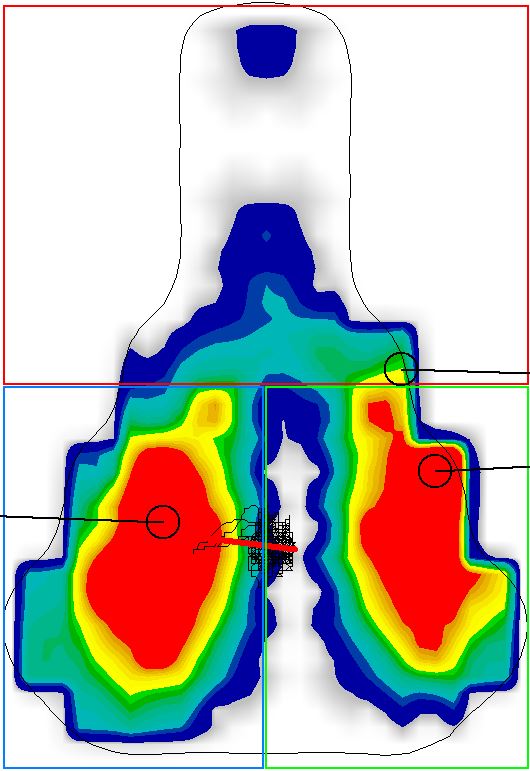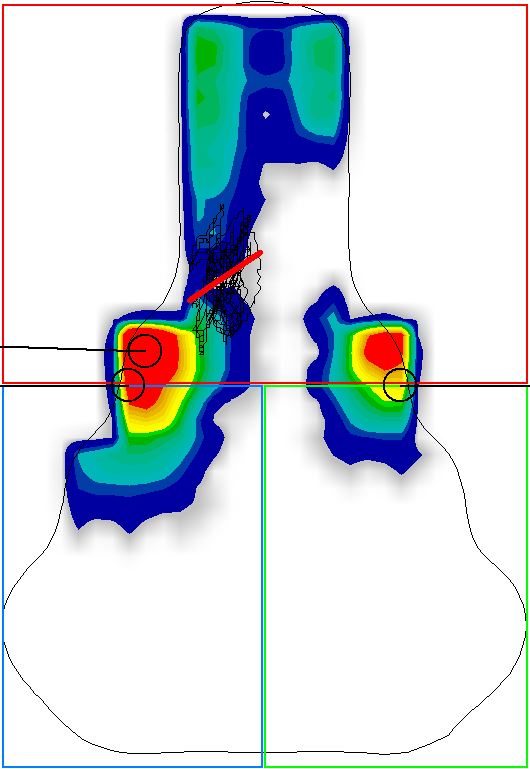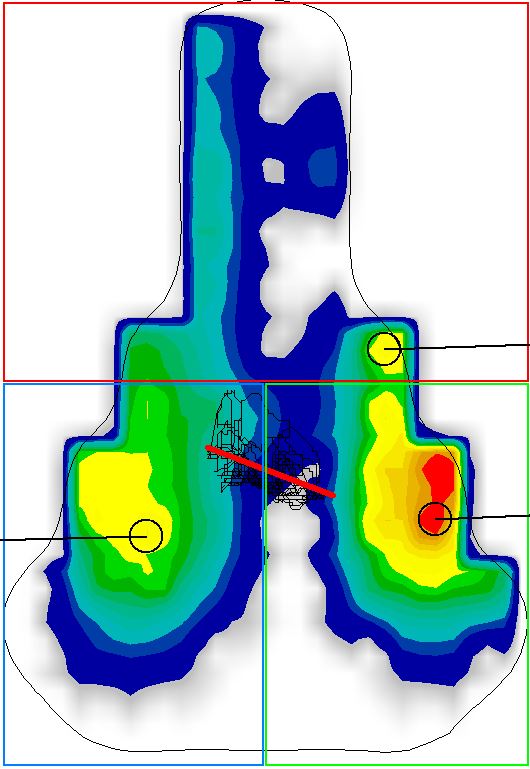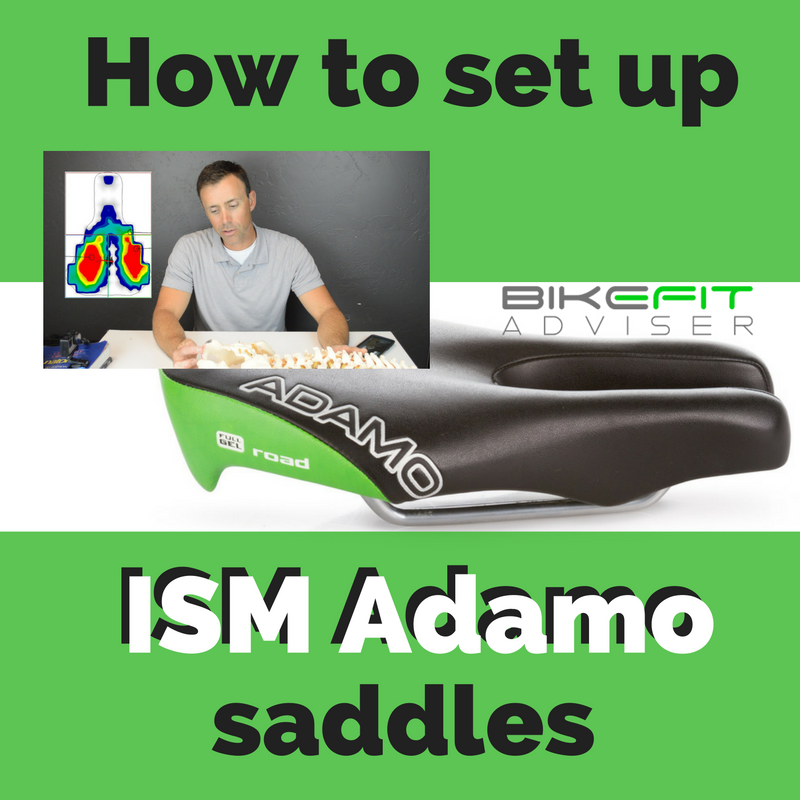How to set up ISM seats | PT - bike fit breakdown
I get lots of questions about how to set up ISM seats. With those questions come more, like, what should they feel like? How do I know I have it in the right position? Will it match my riding style? So I made this video to cover all those things and more. In it I even show 3D pressure maps of what it will look like when set up poorly and correctly and what the pressure looks like in comparison to standard saddles.https://youtu.be/yvJ47ctMrPYThe first thing to understand about ISM saddles is that they require you to sit on them differently than a traditional saddle. For everyone that tries one there's going to be an adjustment and learning curve.The biggest change for many people is that they will require the pelvis to tilt forward slightly more than on your traditional saddle. This is because the ISM allows you to sit almost exclusively on the section of pelvis (called the ischial rami) that we're meant to sit on when cycling, and when set up properly will not allow pressure on the sensitive soft tissues. This tends ot be the main cause for the learning curve with these saddles -- getting balanced on and used to bearing weight on these bones.On a traditionally shaped saddle, the pressure graph of our body weight on the seat will look something like this: Notice that most of the weight is borne on the rear of the saddle with very little drifting forward, which on the narrower part of the saddle would contact the perineum and soft tissues.On the ISM it's imperative that you have your weight further forward -- they aren't meant to be sat on near the rear of the saddle. This is the main reason the ISM seats need to be placed much further back than traditional saddles. Here's what a good pressure map on an ISM looks like:
Notice that most of the weight is borne on the rear of the saddle with very little drifting forward, which on the narrower part of the saddle would contact the perineum and soft tissues.On the ISM it's imperative that you have your weight further forward -- they aren't meant to be sat on near the rear of the saddle. This is the main reason the ISM seats need to be placed much further back than traditional saddles. Here's what a good pressure map on an ISM looks like: There shouldn't be much of any pressure on the rear of the saddle -- in fact I usually recommend to riders that there be three fingers (or about 1.5 - 2.5 inches) of empty saddle behind them. The bones of the pelvis contact the saddle far forward (the spots in red) and the saddle being so short on the nose, there's very little up there to apply pressure to sensitive soft tissues.The most common mistake made when trying to set up ISM seats is having them too far forward, so that you'd be sitting more to the back of the saddle. This will often lead to it feeling too wide and create a lot of chafing on the inner thigh and groin. The pressure map for this looks like:
There shouldn't be much of any pressure on the rear of the saddle -- in fact I usually recommend to riders that there be three fingers (or about 1.5 - 2.5 inches) of empty saddle behind them. The bones of the pelvis contact the saddle far forward (the spots in red) and the saddle being so short on the nose, there's very little up there to apply pressure to sensitive soft tissues.The most common mistake made when trying to set up ISM seats is having them too far forward, so that you'd be sitting more to the back of the saddle. This will often lead to it feeling too wide and create a lot of chafing on the inner thigh and groin. The pressure map for this looks like: which creates too much pressure in the middle and front of the saddle where the soft tissue and sensitive nerves reside.There's more that I go over in the video so check it out and learn how to get happy with these saddles.
which creates too much pressure in the middle and front of the saddle where the soft tissue and sensitive nerves reside.There's more that I go over in the video so check it out and learn how to get happy with these saddles.

